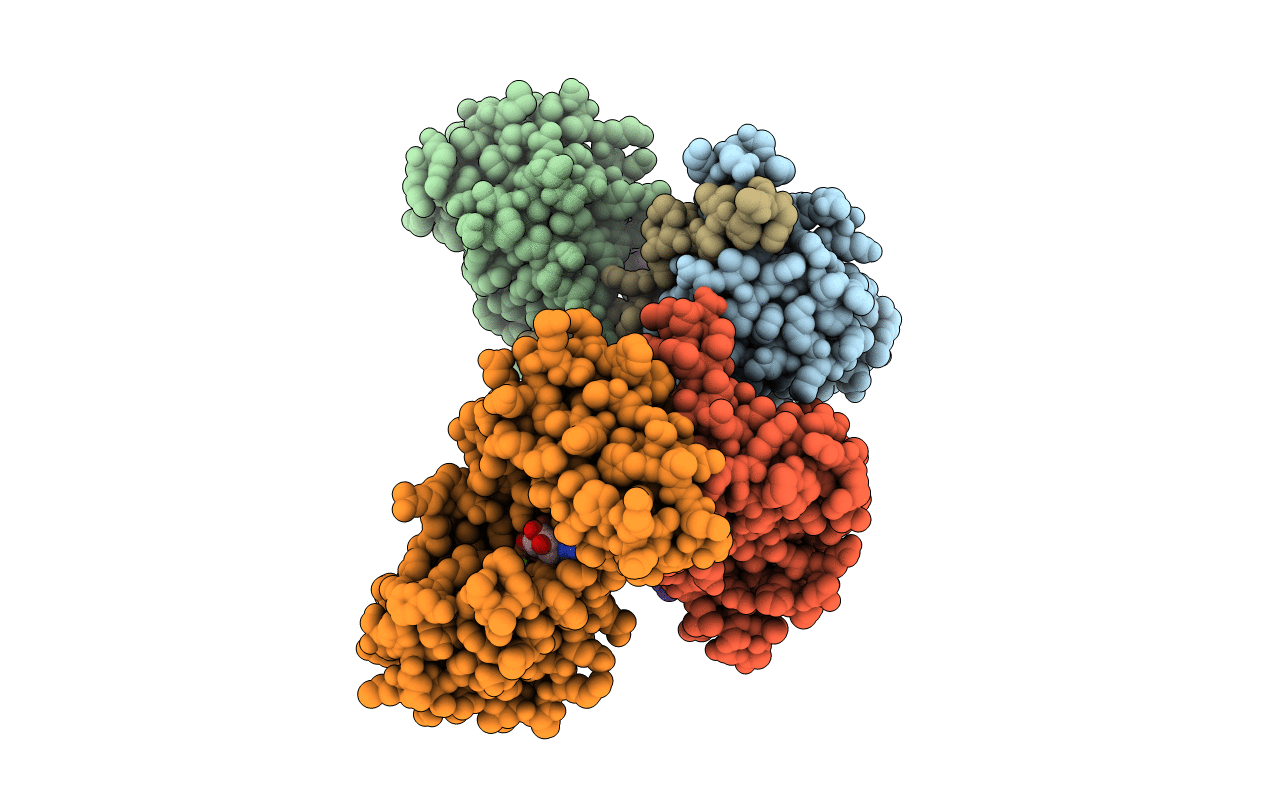
Deposition Date
2017-02-08
Release Date
2017-05-24
Last Version Date
2024-02-28
Entry Detail
PDB ID:
5N2V
Keywords:
Title:
Changes in conformational equilibria regulate the activity of the Dcp2 decapping enzyme
Biological Source:
Source Organism:
Schizosaccharomyces pombe (Taxon ID: 4896)
Host Organism:
Method Details:
Experimental Method:
Resolution:
3.10 Å
R-Value Free:
0.28
R-Value Work:
0.23
R-Value Observed:
0.24
Space Group:
P 1 21 1


